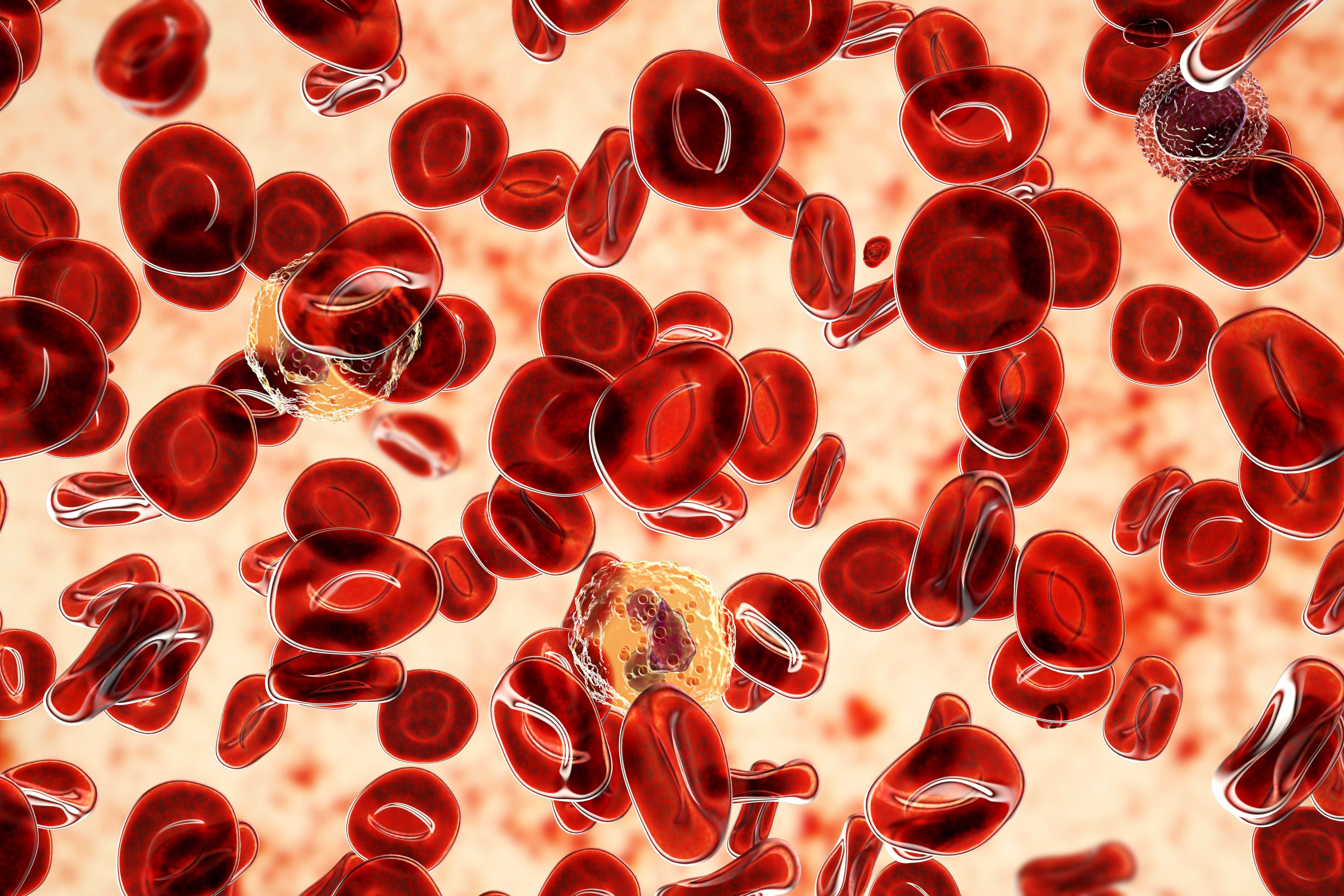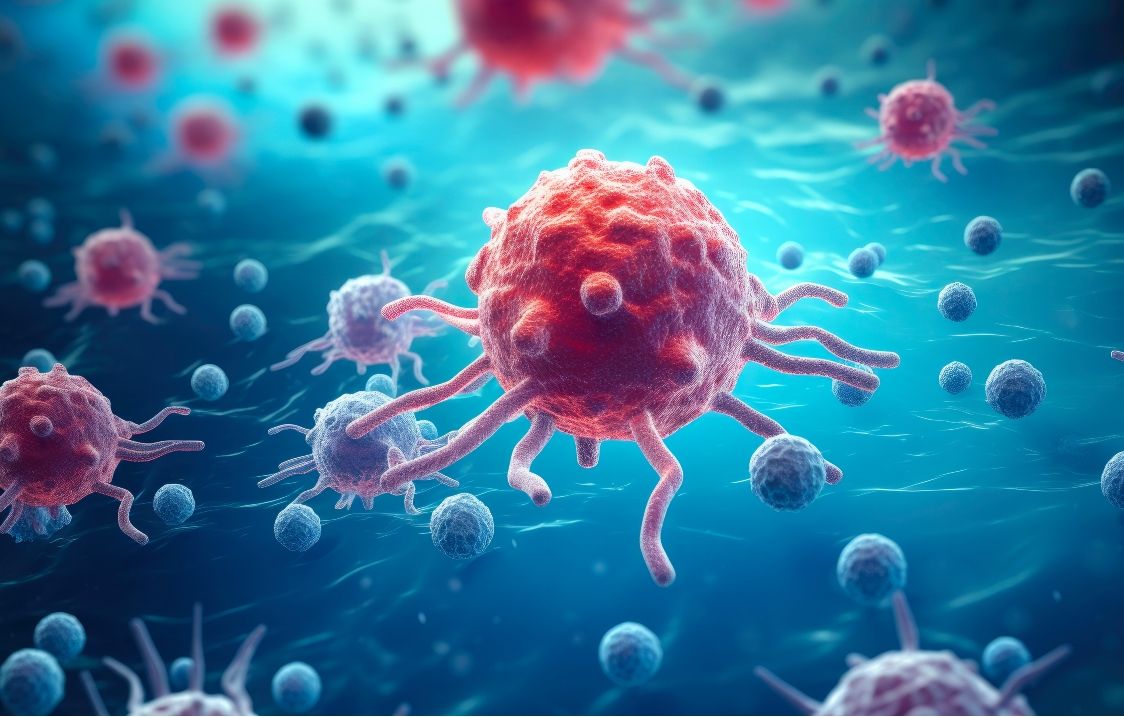Article
Two Studies Look at Factors Impacting Response to Multiple Myeloma Treatment
Author(s):
Two recent studies analyzed patients with multiple myeloma to identify factors that impacted response to therapy.
Two recent studies analyzed patients with multiple myeloma to identify factors that impacted response to therapy.
Patients who achieve a very good partial response (VGPR) or better have longer progression-free survival (PFS) than patients who have poorer responses to induction therapy. Patients who do not achieve maximum response after 4 cycles of induction therapy should continue induction therapy until maximum response is achieved.
PFS is an important endpoint that for many hematologic malignancies, including multiple myeloma. As one of the primary survival endpoints, it is essential that investigators identify what patient characteristics lead to longer-term responses to improve treatment. In one study, investigators analyzed patients with multiple myeloma to identify any common features that led to longer term responses.1
Patients from the UK MRC Myeloma IX (M-IX) and NCRI Myeloma XI (M-XI) trials were studied and separated between long-term response post induction (PFS ≥48 months) and those with PFS <48 months. Patients in the M-IX trial received either alkylating therapy (cyclophosphamide, vincristine, doxorubicin [Adriamycin], dexamethasone [CVAD] or melphalan, prednisone [MP]) or thalidomide-based induction (cyclophosphamide, thalidomide, dexamethasone [CTD]) therapy while patients in the M-XI trial received either thalidomide or lenalidomide-based induction (CTD or cyclophosphamide, lenalidomide [Revlimid], dexamethasone [CRD]) and response-based bortezomib intensification (cyclophosphamide, bortezomib [Velcade], dexamethasone [CVD]).1
In both trials, a higher number of transplant-eligible patients had a PFS ≥48 months compared with patients who were ineligible for transplant (M-IX, 25.8% vs 7%, respectively; M-XI, 34.2% vs 10.2%). Longer PFS also translated to longer overall survival in both trials. Factors that were associated with PFS ≥48 months included International Staging System I and lower performance status (WHO). Patients with high-risk lesions (gain [1q] or del[17p]) were more frequently in the PFS <48-month group. In a multivariable analysis of baseline parameters, absence of gain [1q] was the only genetic factor associated with PFS ≥48 months in transplant-ineligible patients. In comparison, absence of all high-risk lesions was associated with PFS ≥48 months in transplant-eligible patients.1
Most of the patients who achieved a VGPR or better response after induction with/without consolidation had a PFS ≥48 months. A substantial percentage of patients (72.8%) with any high-risk lesions present who achieved a VGPR or better response also had a PFS ≥48 months. Patients with only a partial response (PR) after induction were more likely to achieve a PFS ≥48 months if they were on lenalidomide maintenance compared with observation (89.4% vs 10.6%).1
Although clinical characteristics affect the duration of PFS, it is often difficult to modify these factors. Induction therapy, however, is something that can be adjusted. In another study, investigators sought to determine whether the number of cycles of induction impacts response to therapy. Patients were stratified by induction duration: 4, 5-6, and >6 cycles. Patients who completed more cycles of therapy tended to encompass patients with higher disease burden at baseline.2
At the end of initial induction, investigators found that additional cycles of therapy deepened response. However, patients who received >4 cycles of therapy never had responses as deep as those who attained maximum response after only 4 cycles of therapy. The depth of response had a significant effect on PFS and OS (PFS for complete response 63.3 months vs PR 30.6 months; P <.0001). For patients who had suboptimal response at the end of 4 cycles, investigators suggest continuing induction therapy until maximum response.2
The depth of response from induction therapy has an important association with PFS and OS. Optimization of induction and consolidation therapy should be emphasized to enhance patient survival.
References
1. Shah V, Johnson DC, Sherborne AL, et al. Characterisation of long-term responders to first-line myeloma therapy- results from the UK myeloma IX and XI trials. Presented at: the 2018 American Society of Hematology Annual Meeting; December 1, 2018; San Diego, CA. Abstract 2000. ash.confex.com/ash/2018/webprogram/Paper110149.html.
2. Pawlyn C, Jackson GH, Cairns D, et al. Maximizing pre-transplant response is associated with improved outcome for myeloma patients: exploratory analysis of the myeloma XI trial. Presented at: the 2018 American Society of Hematology Annual Meeting; December 2, 2018; San Diego, CA. Abstract 3280. ash.confex.com/ash/2018/webprogram/Paper118868.html.





